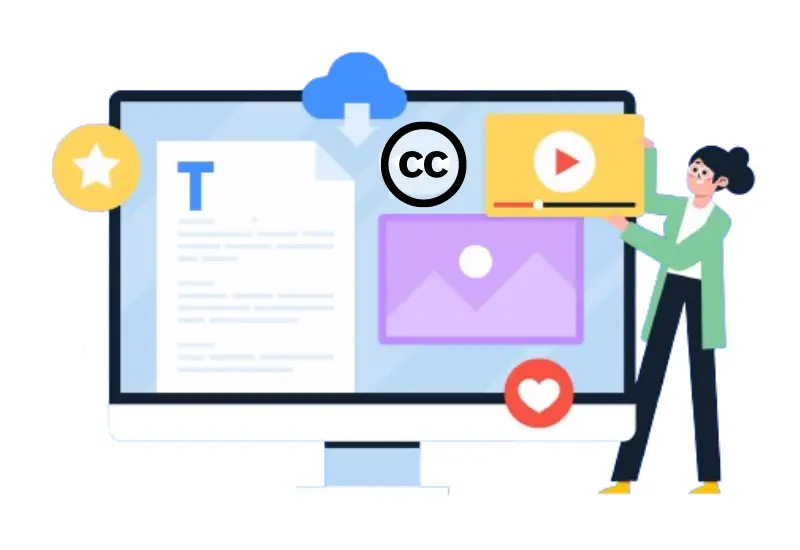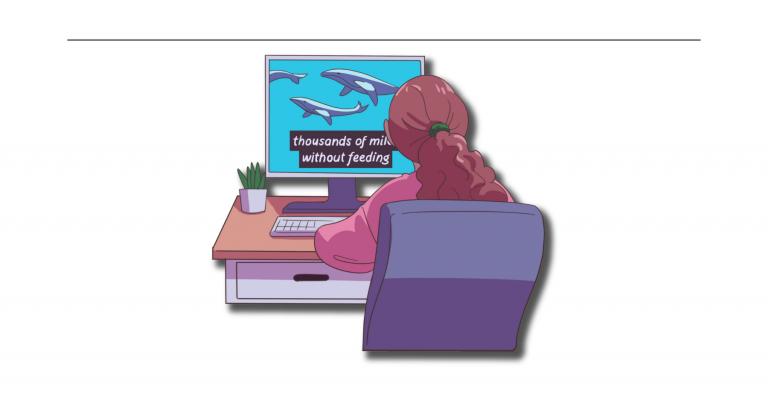Thanks to the evolution of speech recognition technology, there’s an easier and faster way of converting speech into text—such as for generating transcripts of audio content. Machines can perform this time-consuming tedious job accurately and quickly.
So who needs speech to text for subtitling functionality?
Audio sections of libraries generate transcripts or Subtitling of faculty lectures and guest talks for students’ reference. Organizations like TED generate English transcripts of TED Talks, which make it easier for people to translate the talks into other languages for a wider reach. Broadcasters generate closed captioning, also called subtitling for television programming, which lets the deaf and those who are hard of hearing follow the news and shows.
The beauty of transcripts is that they increase the potential audience of single-language video content. Generating multilingual video subtitles and adding the option to display one of these per the consumer’s preference makes the content consumable by those who do not speak the language of the original audio stream. Incidentally, research shows that subtitling can ensure that more people watch a video to its completion.
Transcripts also make content consumable in mute mode. For instance, Oracle uses speech to text technology to generate closed captioning for proceedings of its enthusiastically followed technology conferences: Oracle Partner KickOff, JavaOne, and Oracle OpenWorld. It acknowledges that subtitling gives “a global audience” access to the conference proceedings as well as “viewers tuning in at their desks requiring a muted volume.”

Another plus point of transcripts is they enhance the value of content by making it searchable for certain words and phrases. Search engines like Google, Bing and even a company’s internal search engine can fully index transcripts, and thus make previously inaccessible audio content accessible. For instance, a civil engineering student might want to search faculty lectures for the keywords “green building” or “glass house,” which is possible if the lectures have been transcribed.
Building speech to text and text to speech functionality into apps could allow individual consumers to generate transcripts of live audio streams for their own consumption such as helping attendees of multilingual conferences or participants of multilingual conference calls understand what’s going on.
GoVivace’s Speech to Text and text to speech `offers large vocabulary speech recognition technology that is especially well suited to generating accurate subtitling or audio transcripts and thus speeding up what was once a labor-intensive job. Accurately converting speech into the text requires a speech engine that has a large and preferably, evolving vocabulary, so that it can understand practically any word that is fed to it. The GoVivace speech recognition engine fits the bill.
So, spare yourself from the listen-type-rewind cycle and raise the bar on subtitles in the process by taking advantage of our real-time multilingual transcription service and enhance your business processes and customer engagement.

